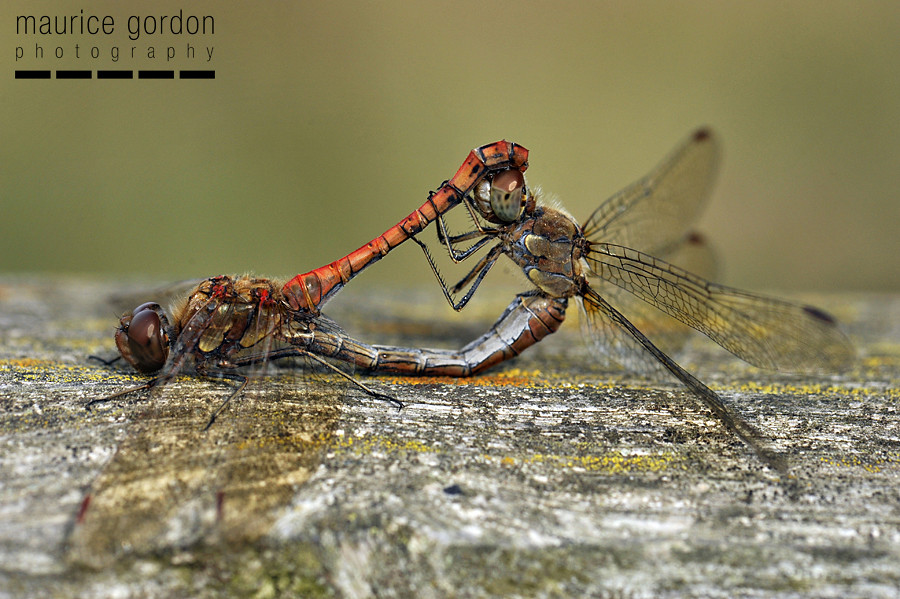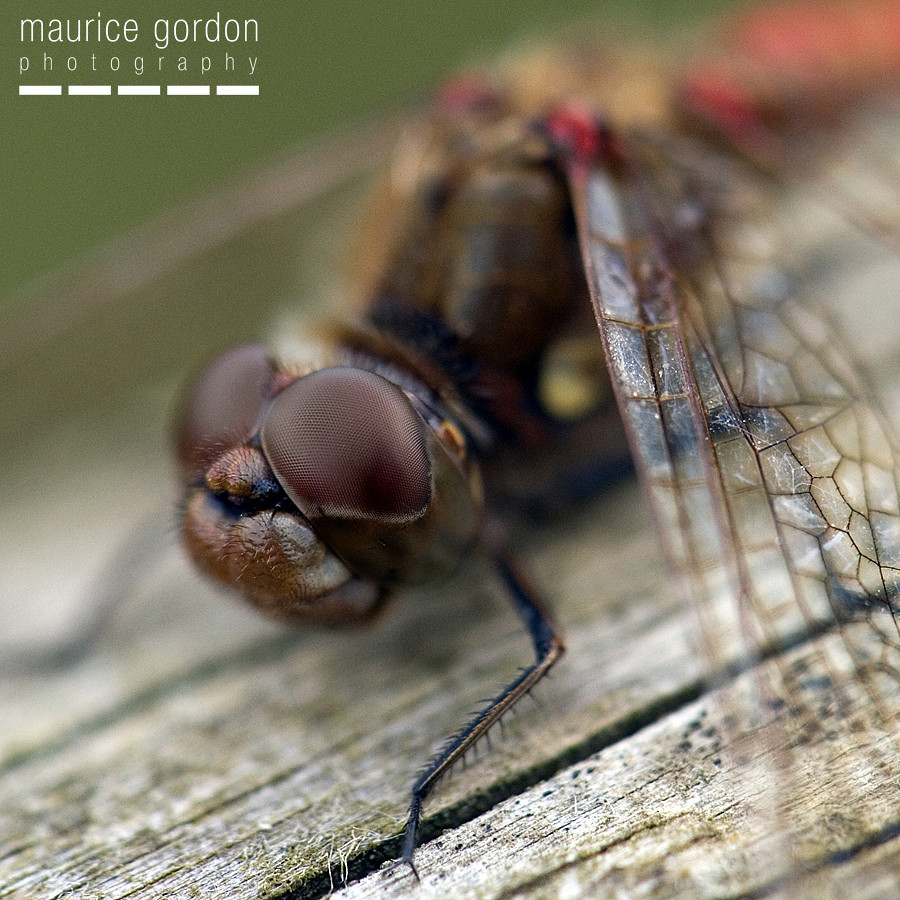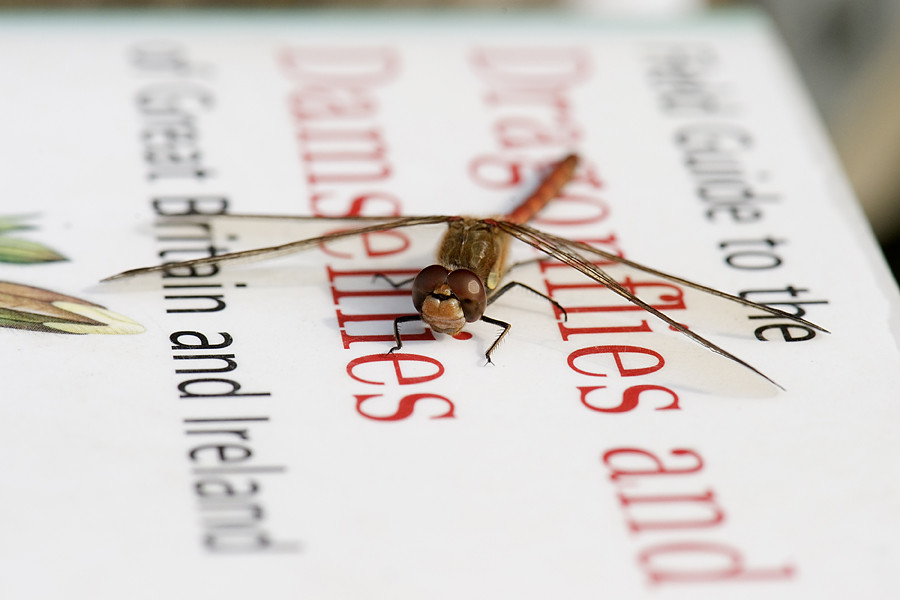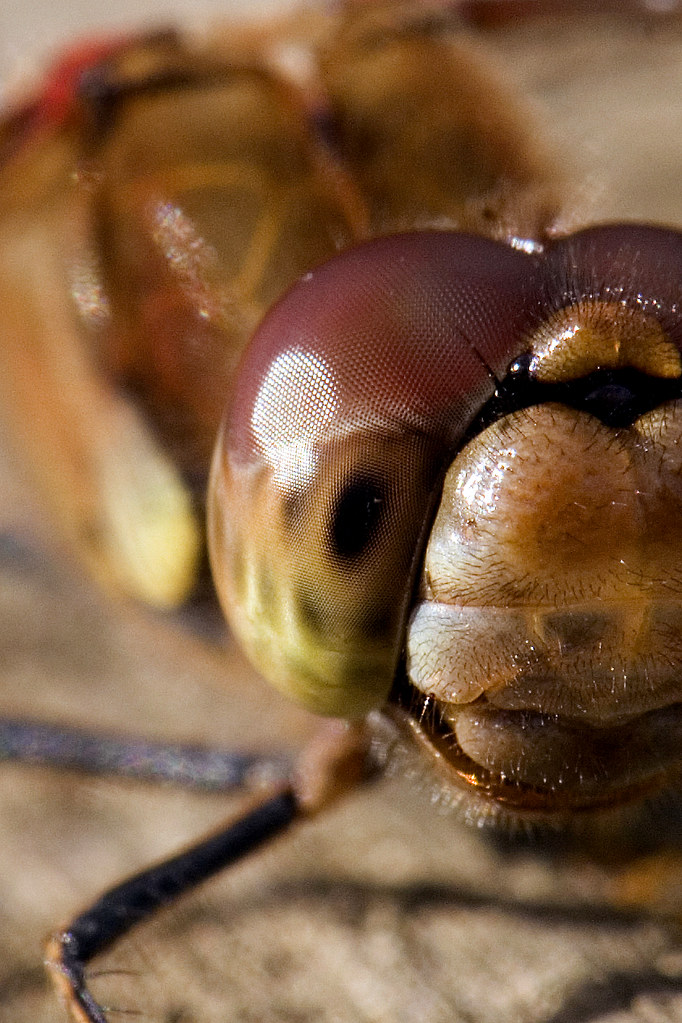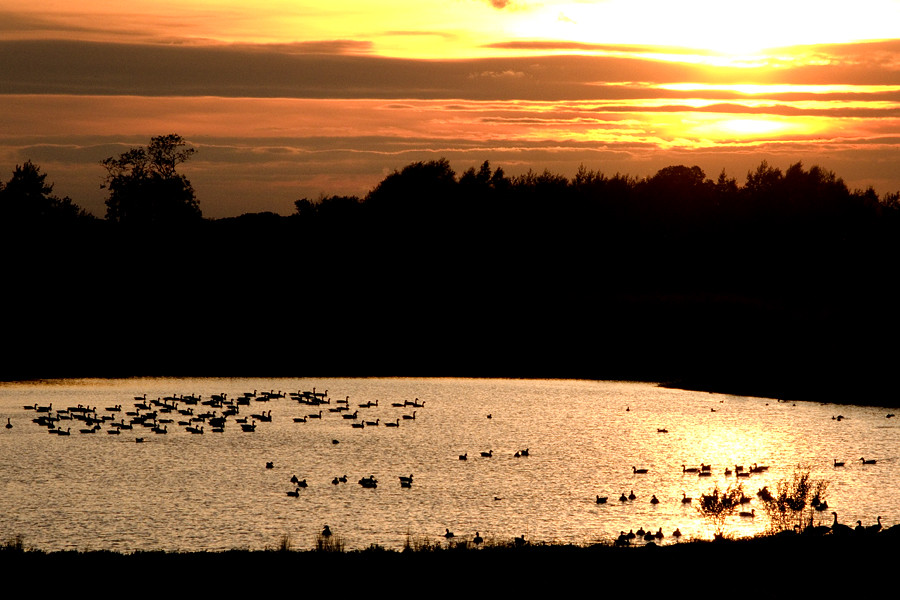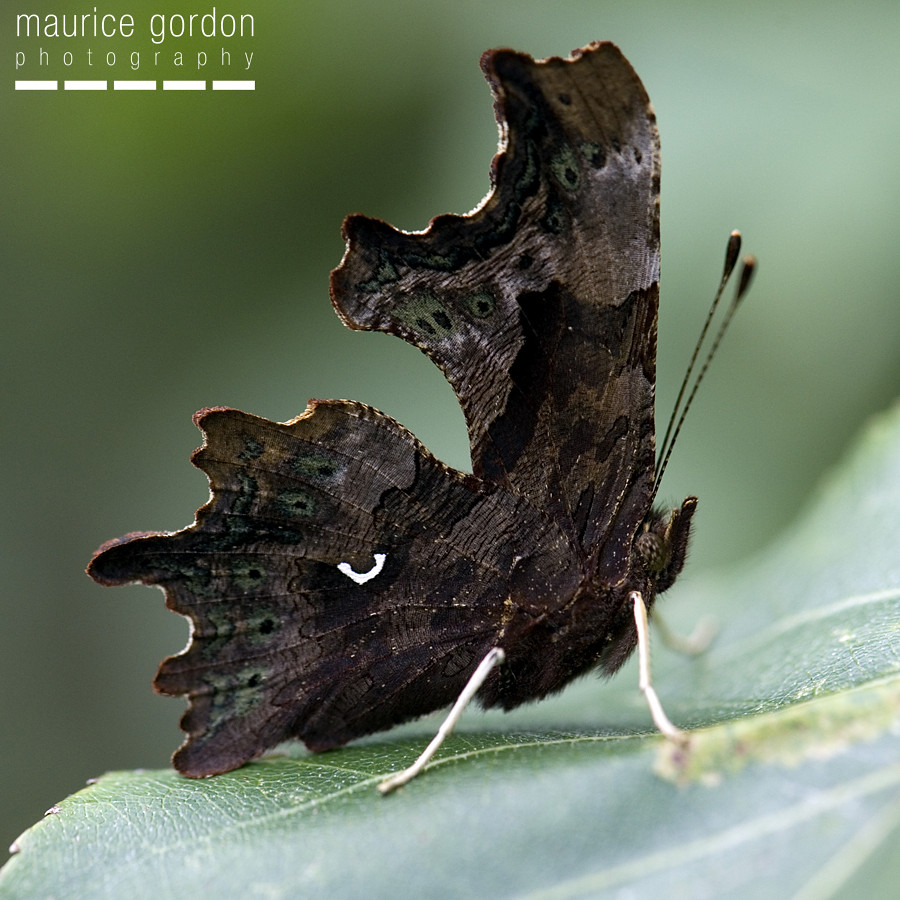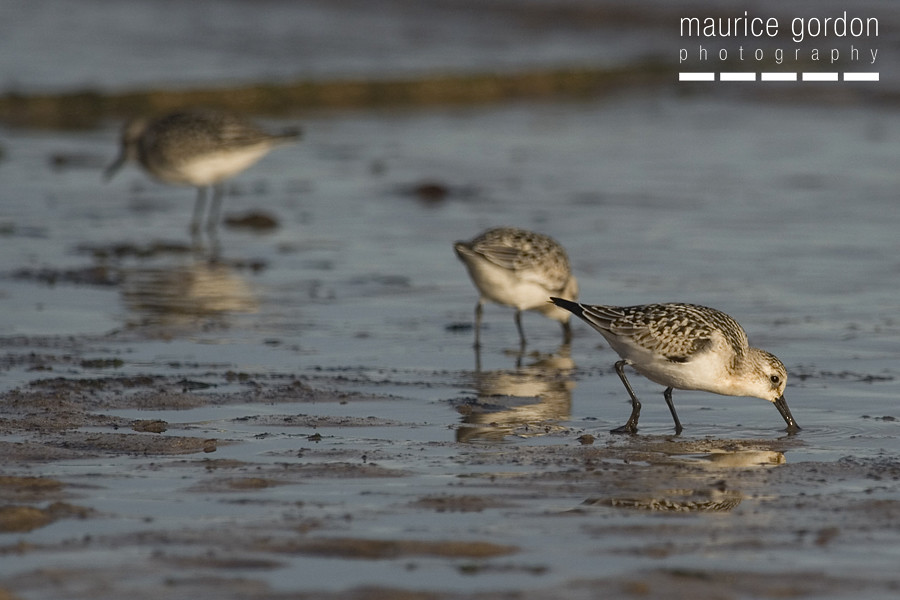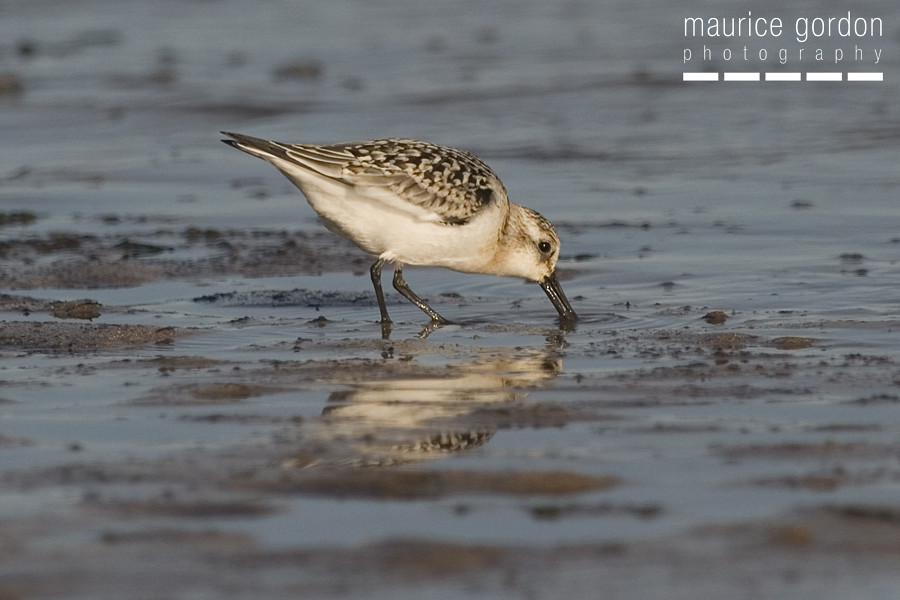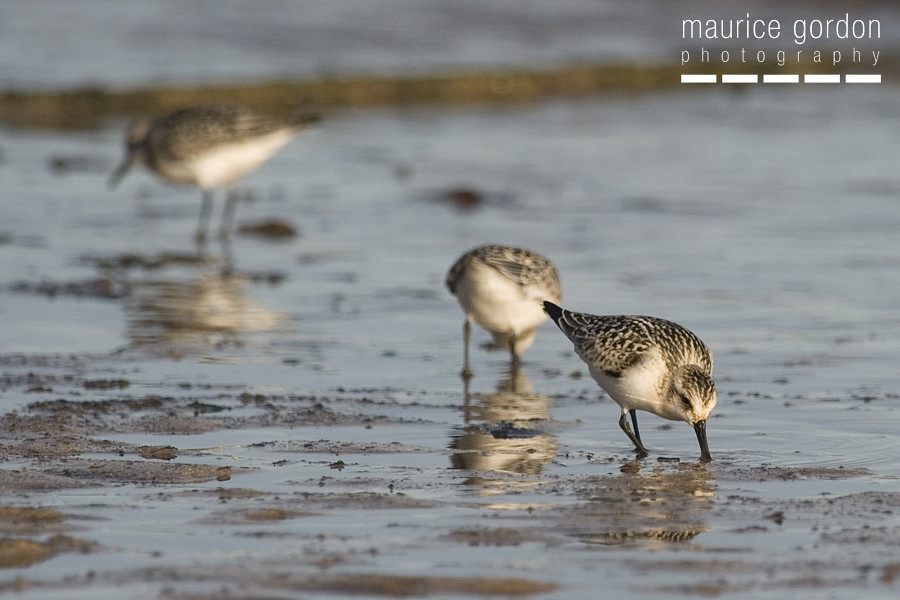Maurice Gordon Photography sites
Wildlife
I have always been passionate about wildlife and conservation and when not photographing people I can often be found out in the countryside and on nature reserves. Though we have of course lost species, we are lucky to still have such a diversity of birds, butterflies and insects in the British countryside. Many species are still under threat, but it is heartening to have met so many like minded people when out and about photographing the natural world.
You can contact me on 07866 316577 or via e-mail at info@mauricephotos.co.uk
TO GO STRAIGHT TO DETAILS OF PHOTOGRAPHY COURSES AND TO SEE SOME OF MY FAVOURITE IMAGES PLEASE CLICK HERE AND SCROLL DOWN
Some wildlife links:
Michael Flowers birdwatching classes and walks
Yorkshire Butterfly Conservation
Yorkshire Dragonflies
Yorkshire Wildlife Trust
Yorkshire Nature Triangle
Yorkshire Mammal Group
East Yorkshire Birding Forum
Birdguides
Tophill Low Nature Reserve
Yorkshire Red Kites
North Cave Wetlands Nature Reserve
The Wild Bird Cafe - North Cave Wetlands
Paull Holme Strays sightings
Potteric Carr Nature Reserve
Hull Valley Wildlife Group
Spurn Bird Observatory
Mike Robinson Bird Photos
Vince Cowell Photography
Steve Mulligan Bird Photography
David Ware - Wolds Birding
Paul Ashton East Yorkshire Wildlife
Wold Ranger
Beetle Boy's Bio Blog
Rory Selvey (age 13) Wildlife Photography
Kill the Badger Cull
The Brown Hairstreak Blog
Africa Gomez Bugblog
Zilch - eliminating litter
Keep Britain Tidy
Plantlife
Buglife
Next Photo Event dates to be announced...
You can contact me on 07866 316577 or via e-mail at info@mauricephotos.co.uk
TO GO STRAIGHT TO DETAILS OF PHOTOGRAPHY COURSES AND TO SEE SOME OF MY FAVOURITE IMAGES PLEASE CLICK HERE AND SCROLL DOWN
Some wildlife links:
Michael Flowers birdwatching classes and walks
Yorkshire Butterfly Conservation
Yorkshire Dragonflies
Yorkshire Wildlife Trust
Yorkshire Nature Triangle
Yorkshire Mammal Group
East Yorkshire Birding Forum
Birdguides
Tophill Low Nature Reserve
Yorkshire Red Kites
North Cave Wetlands Nature Reserve
The Wild Bird Cafe - North Cave Wetlands
Paull Holme Strays sightings
Potteric Carr Nature Reserve
Hull Valley Wildlife Group
Spurn Bird Observatory
Mike Robinson Bird Photos
Vince Cowell Photography
Steve Mulligan Bird Photography
David Ware - Wolds Birding
Paul Ashton East Yorkshire Wildlife
Wold Ranger
Beetle Boy's Bio Blog
Rory Selvey (age 13) Wildlife Photography
Kill the Badger Cull
The Brown Hairstreak Blog
Africa Gomez Bugblog
Zilch - eliminating litter
Keep Britain Tidy
Plantlife
Buglife
Next Photo Event dates to be announced...
Monday 7 October 2013
Monday 23 September 2013
Tophill Low Specialities
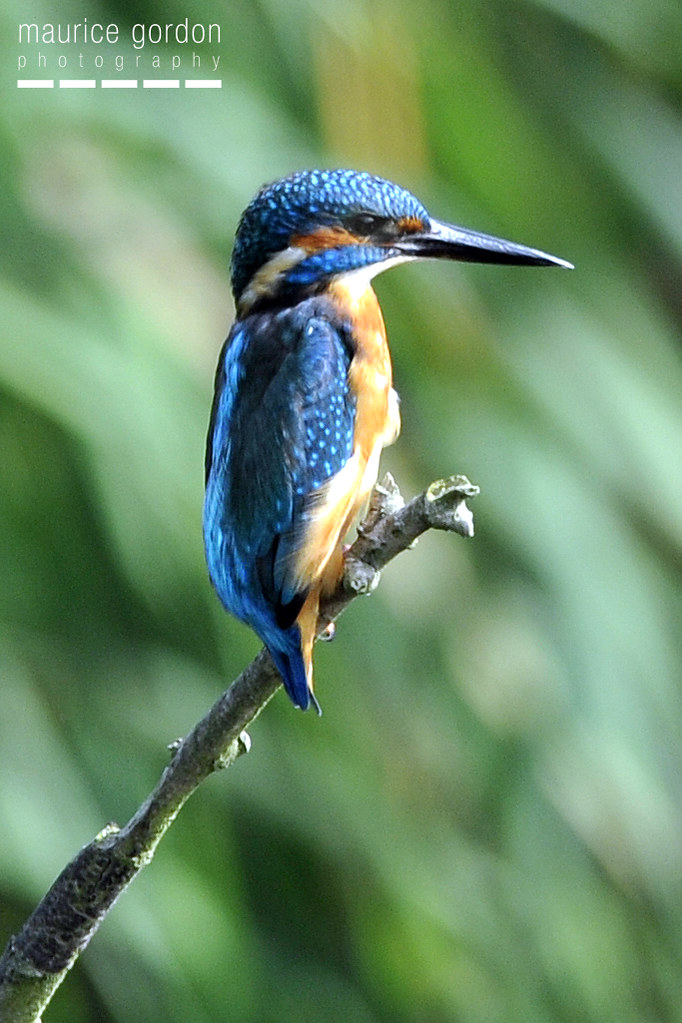
We had great weather for the photo course at Tophill on Saturday. After the theory session we headed for North Marsh Hide and were rewarded with good views of Kingfisher and a swimming Grass Snake. Had we been in the hide earlier in the morning we would have seen the male and female Kingfishers perching together for over two hours!

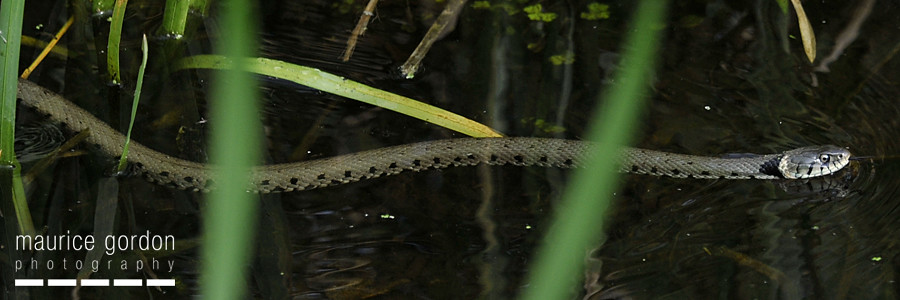
Saturday 14 September 2013
Monday 9 September 2013
French Fritillaries

Spotted Fritillary
Always pleased to see a Fritillary I wasn't quite sure which flavours would be on offer in August in the south. The Spotted Fritillaries (Melitaea didyma) above and below are quite widespread, but when fresh are extremely striking. The males in particular are flame red and the photos don't really do the brightness justice. The bright colour and clear sub-marginal crescent shaped spots are indicative of the southern European meridionalis form. Quite a small Fritillary, they seemed to enjoy short energetic flights from flower to flower staying low to the ground.


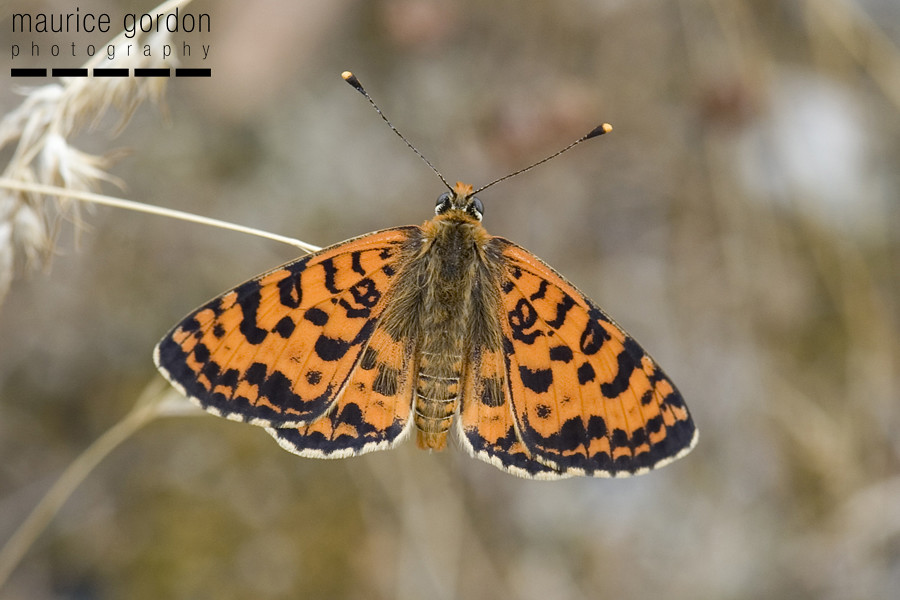

Below is Weaver's Fritillary also knows as the Violet Fritillary (Boloria dia) which looks superficially very similar from above to the Pearl-bordered Fritillary (Boloria euphrosyne) which we are fortunate to have still hanging on at a few sites in North Yorkshire. I only saw the Weavers lower down the mountain, but apparently they are often seen at greater altitudes. Took me a while to identify as they are meant to be principally a May/June species, so presumably there are a couple of broods in the south. The Weaver's/Violet Fritillary is also not dissimilar to Titania's Fritillary (Boloria Titania) but she is an Alpine butterfly with much stronger V shaped markings around the outer upper wings.
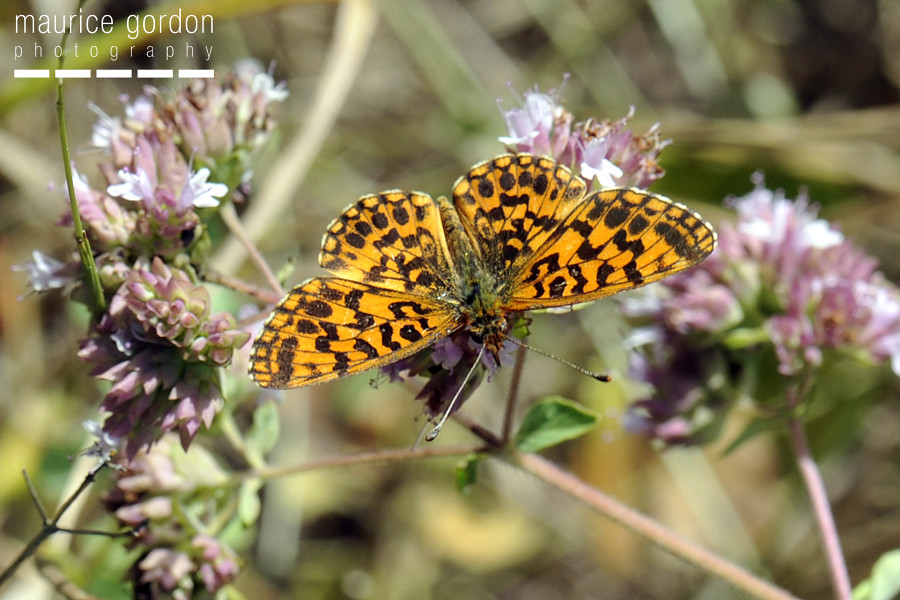
Violet Fritillary

the white dot encircled by black at the front of the hind wing seen from underneath kept catching my attention and helped in identification
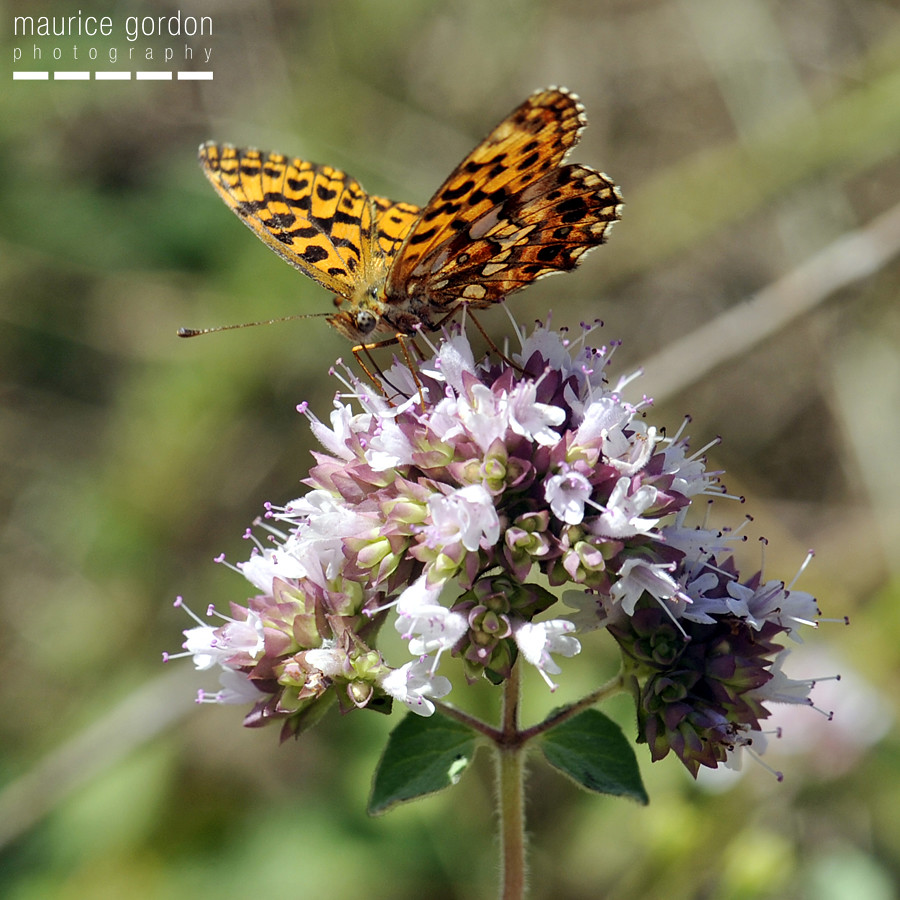
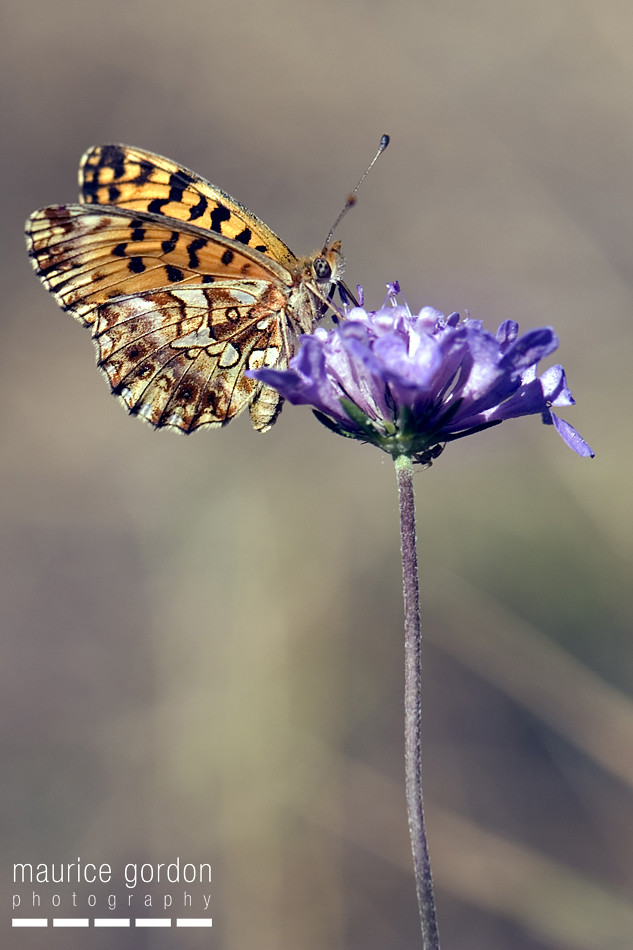

Violet Fritillary
Pictured below here is the Knapweed Fritillary (Melitaea phoebe) which is very variable when seen from above in lots of different colour variations. The underside at first glance is also very similar to the Spotted Fritillary, but it has the orange dots in the post discal band which distinguish it. Knapweed Frit I also saw up and down the mountain. There are similar Melitae species to the Knapweed in Eastern Europe and Sicily, the adults indistnguishable although the larvae are quite different. I do enjoy a Fritillary!

Knapweed Fritillary

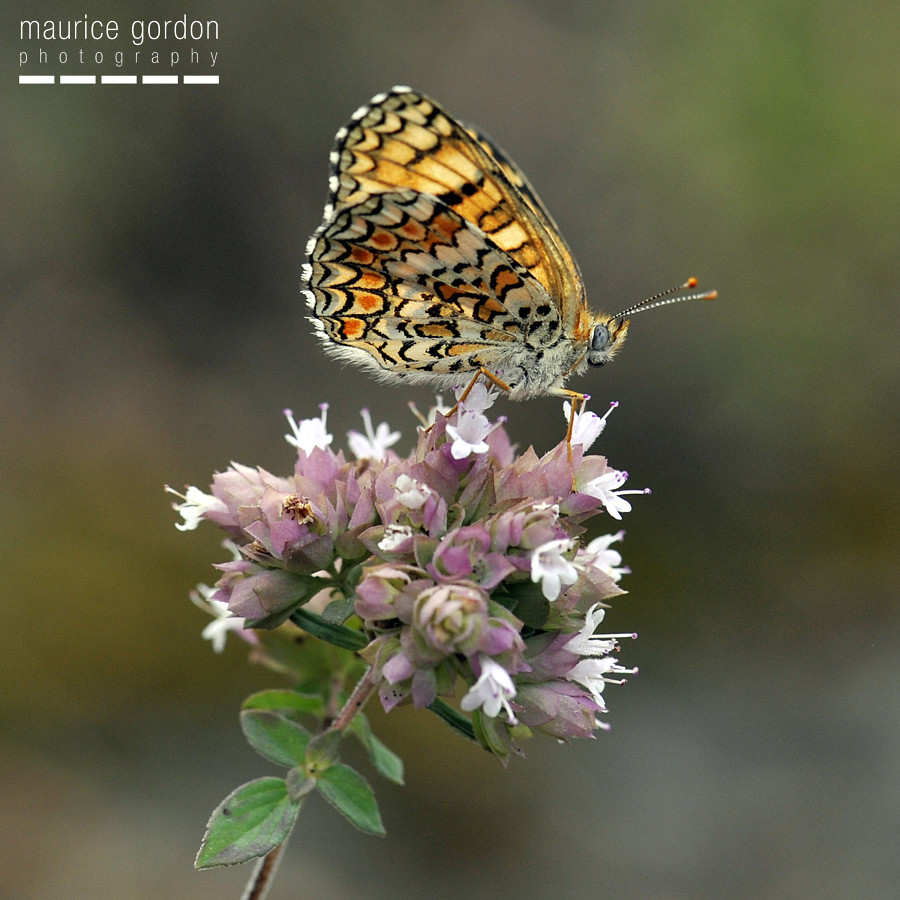
Knapweed Frit showing big orange dots
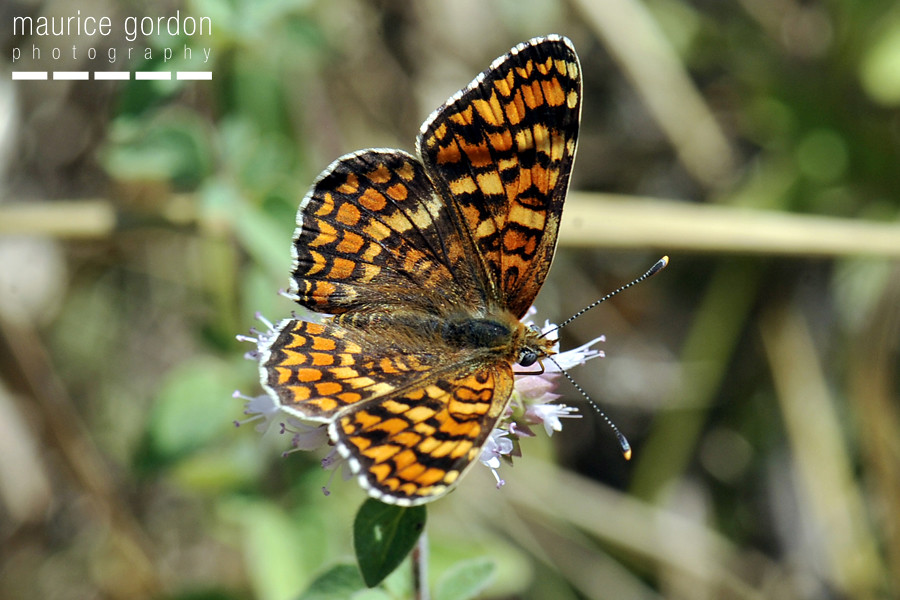
Friday 6 September 2013
Southern White Admiral (Limenitis reducta)

The Southern White Admiral was a butterfly I expected and hoped to see in the south of France, most likely the second brood of the year in August. A handsome butterfly and a truly majestic glider, beating its wings only rarely, it was easy to locate along mountain paths. However, it requires patience waiting for one to land near to you to pose for a photo. The males patrol their territories and occasionally rest on the edge of a bush at around head height to see off potential competitors. This is great for underside shots, but upperside photo opportunities are rarer. The upperside is the most significant difference to its northern cousin the White Admiral (Limenitis Camilla). The Southern White Admiral has a striking iridescent blue sheen to its upperside wings. The sheen is quite similar to that of the Purple Emperor in that it is only visible from certain angles when the light is right.

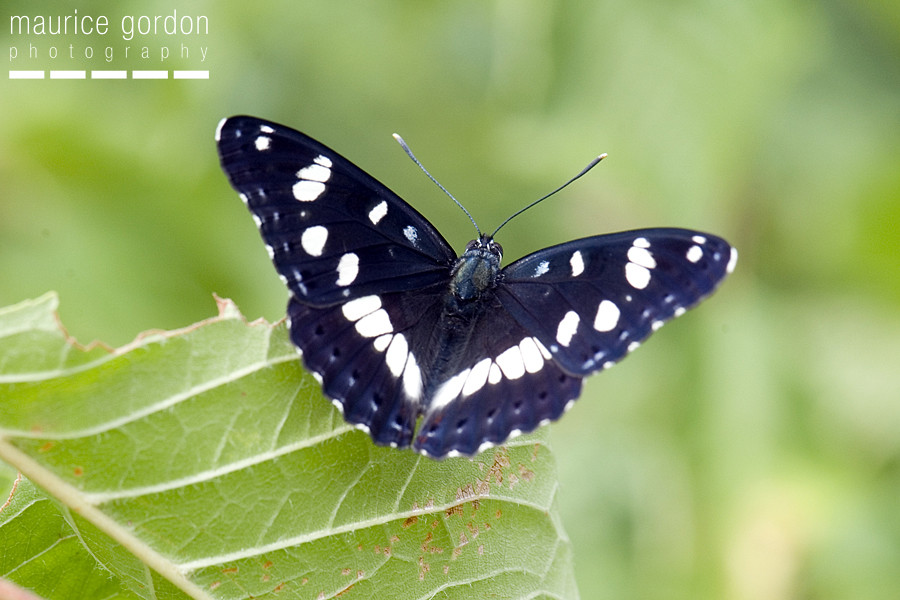
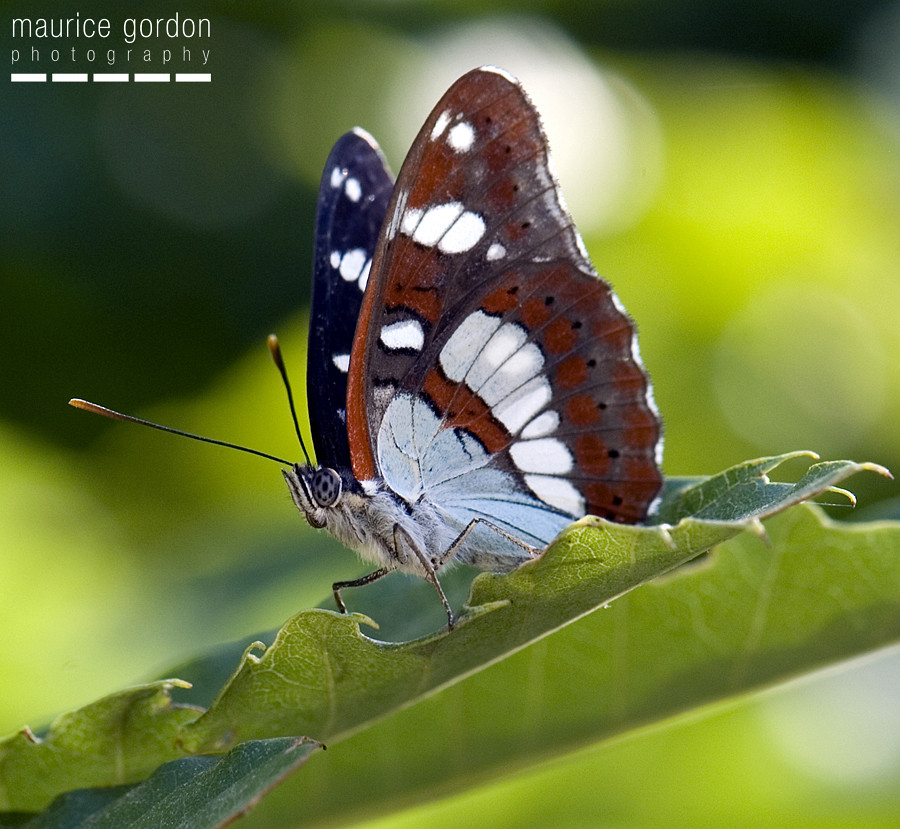
Members of the Nymphalidae family including the Admirals, Emperors, Fritillaries and Browns, also known as brush-footed butterflies, have reduced first thoracic limbs (front legs!) and only use two pairs to walk and stand on. In the photo above you can clearly see the reduced front limbs under the eye. Females use the sensory hairs on these fore limbs to "taste" food plants before egg laying but I'm not sure about the males. Riodinidae metal mark butterflies such as the Duke of Burgundy, have also evolved these limbs, most probably parallel evolution. Must be a naturally selected benefit.
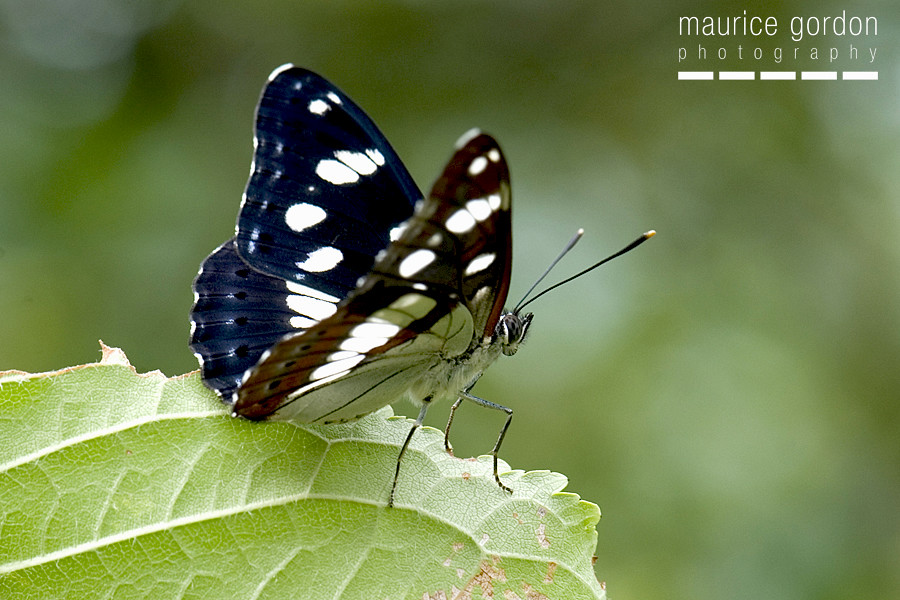

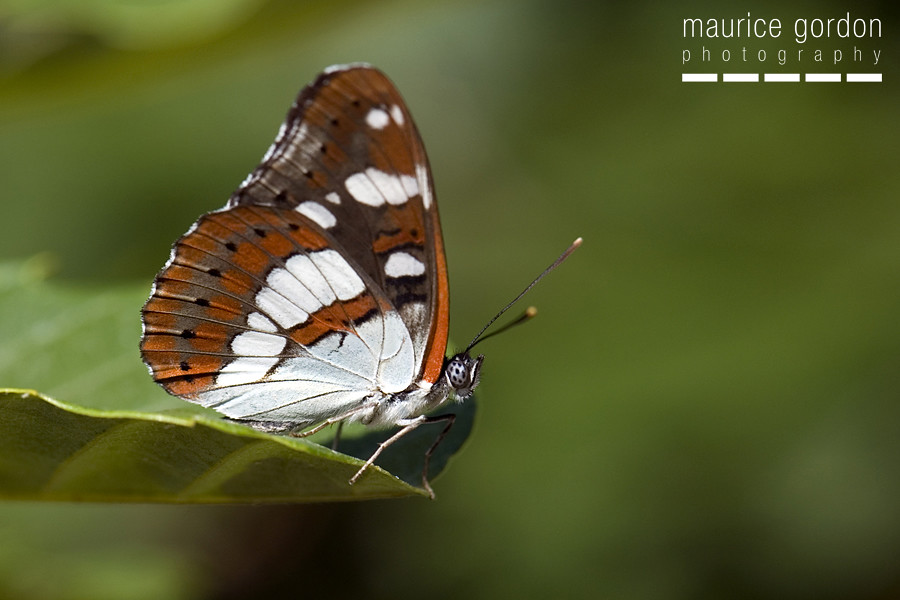

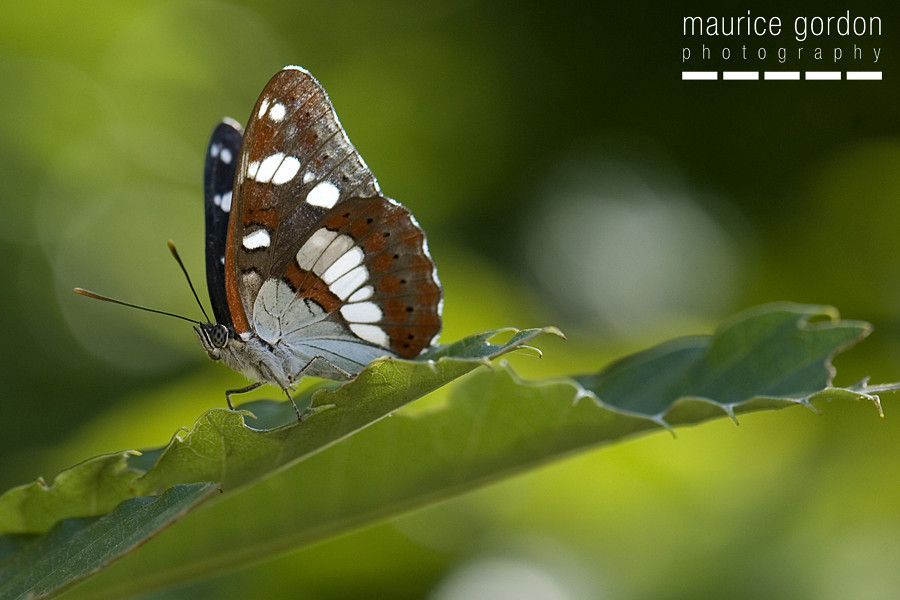
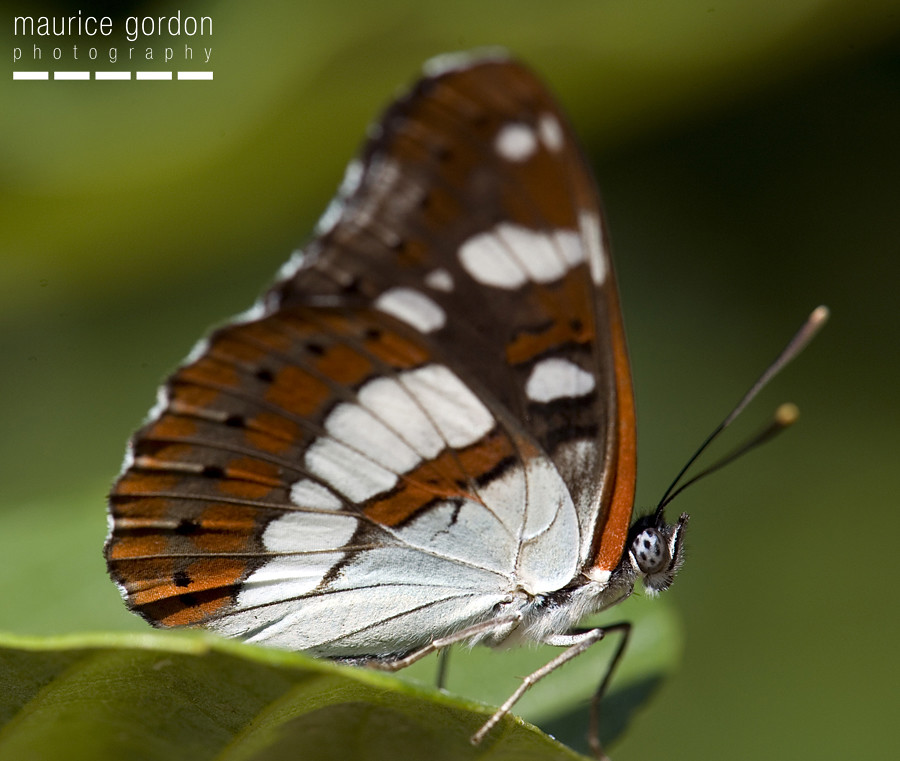
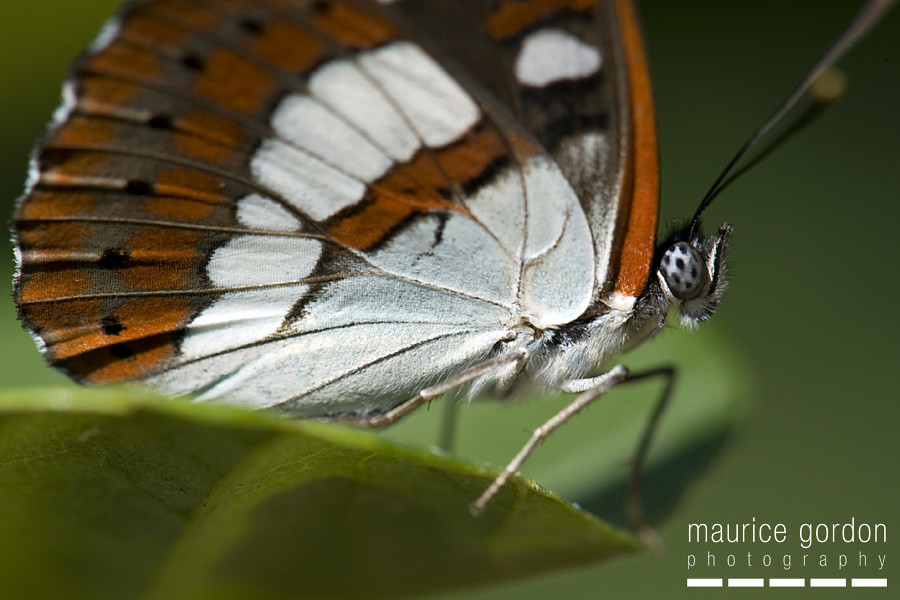
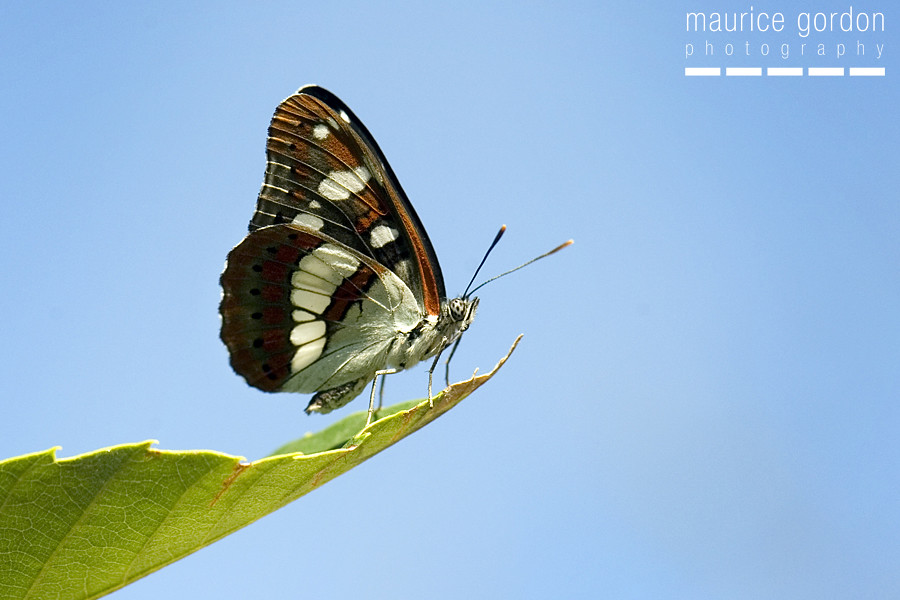
Wednesday 4 September 2013
Southern Grizzled Skipper and Mallow Skipper
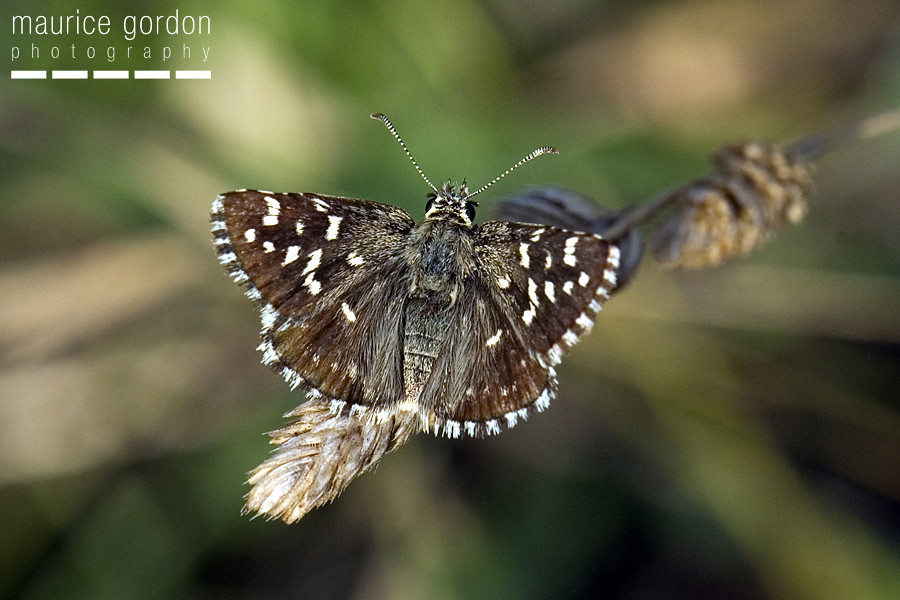
There are several Pyrgus species in France but this looks to me to be the Southern Grizzled Skipper(Pyrgus malvoides), almost identical to our own Grizzled Skipper (Pyrgus malvae). However, Malvoides is double brooded which explains my sightings in August. Malvae is an early spring butterfly in the UK.

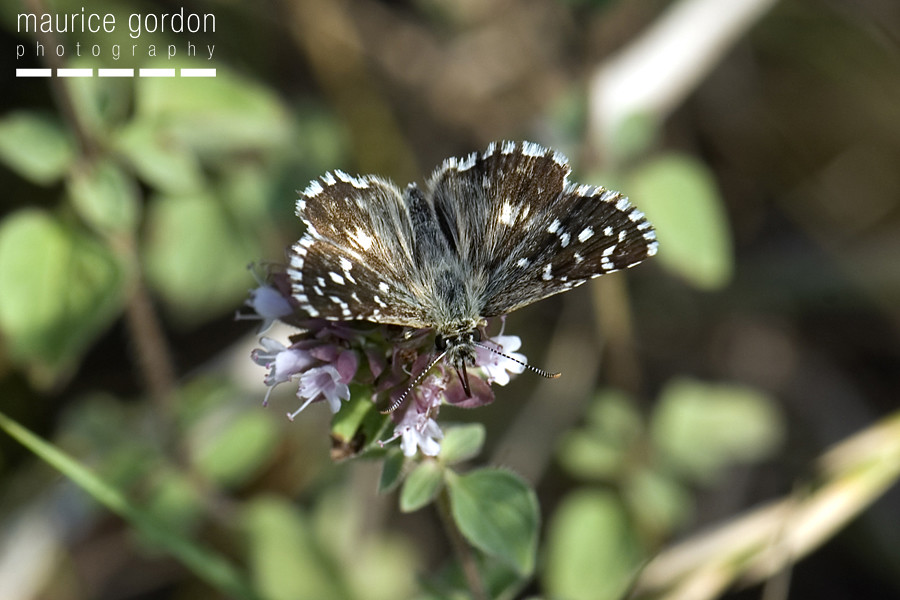
Again, there are several similar looking Carcharodus Skippers, but I believe my sightings are Mallow Skipper (Carcharodus alceae) and not the very similar Tufted Marbled Skipper (Carcharodus flocciferus). My sightings of Skippers were lower down the mountains on scrubby patches of wild flowers.


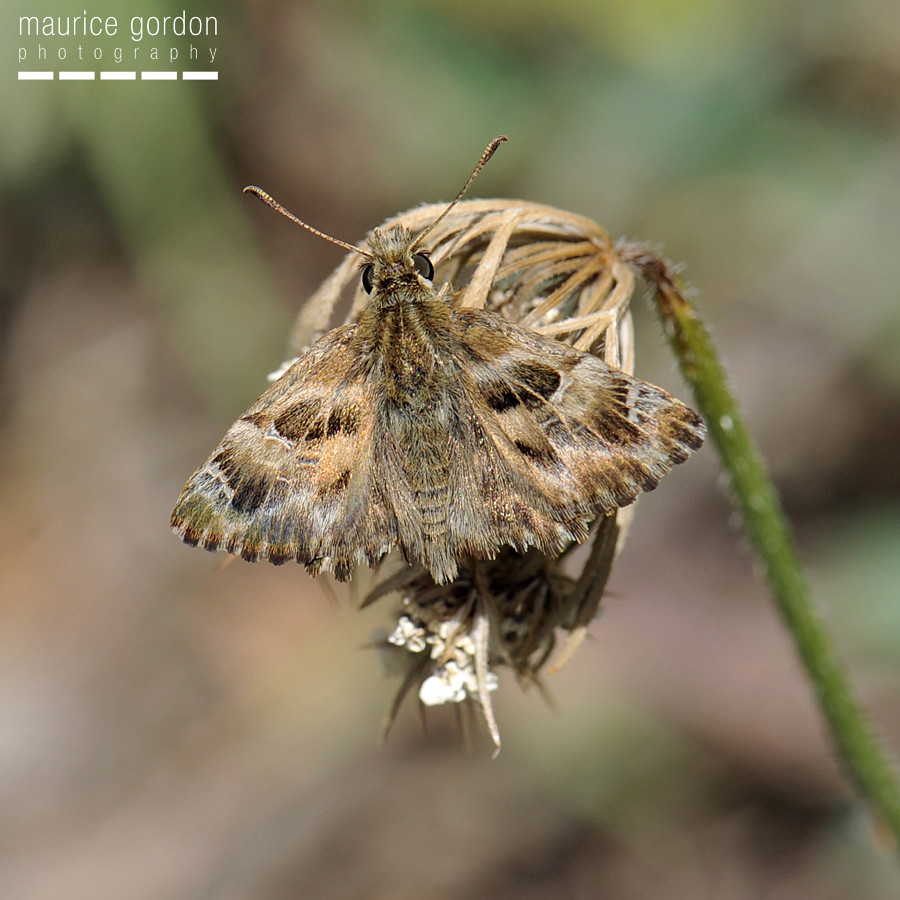
Subscribe to:
Posts (Atom)

